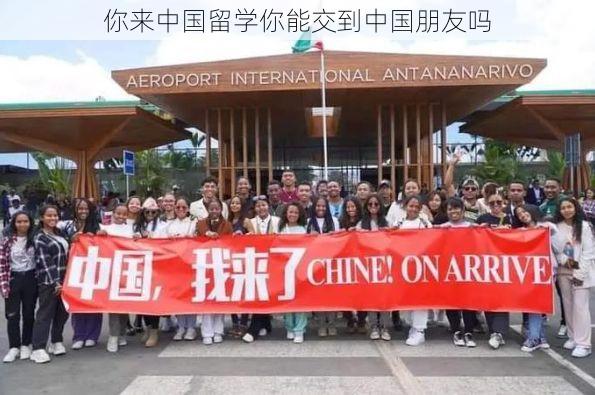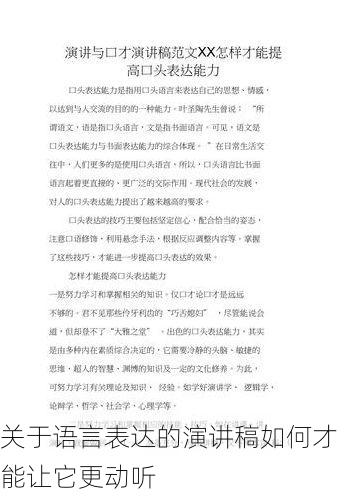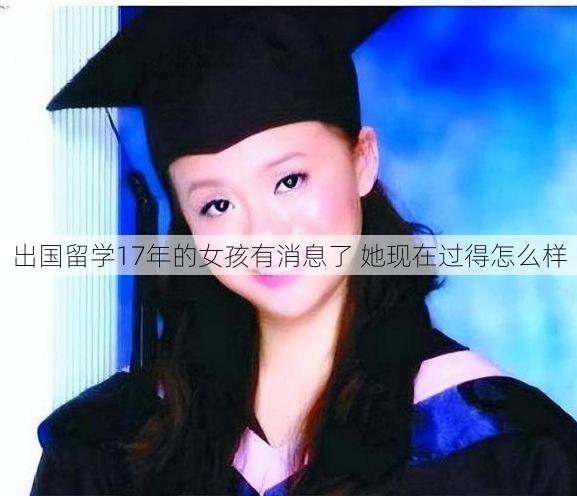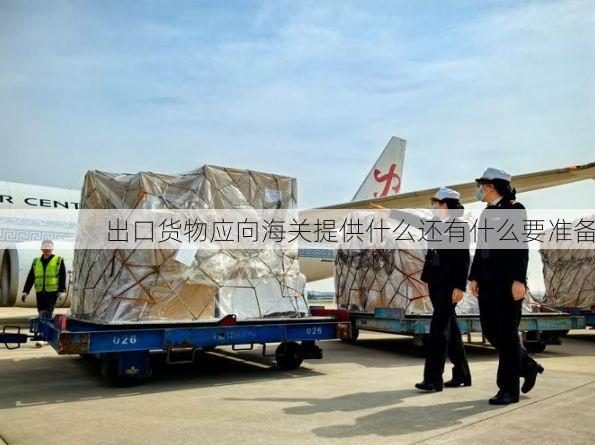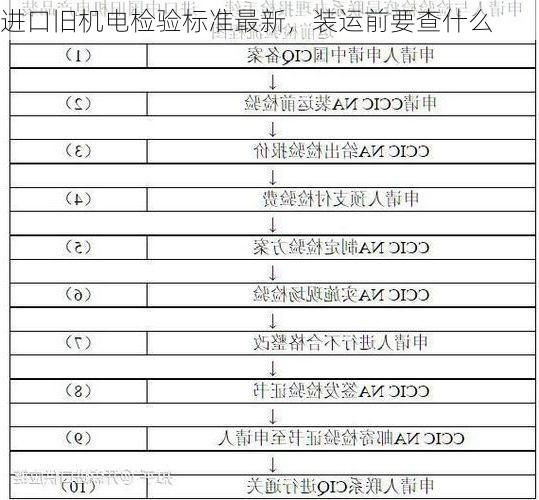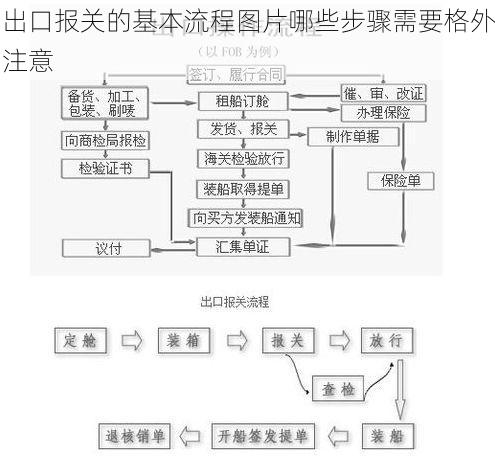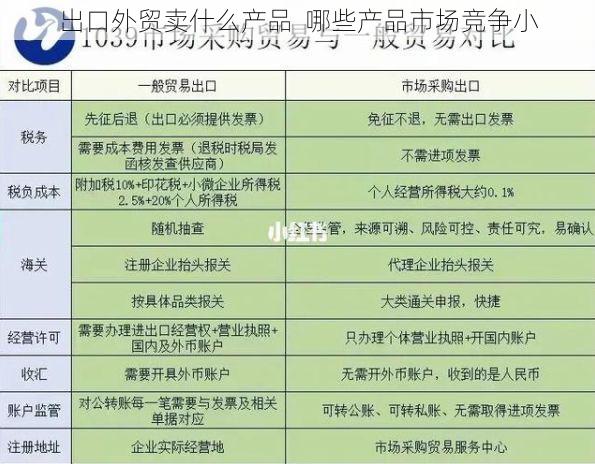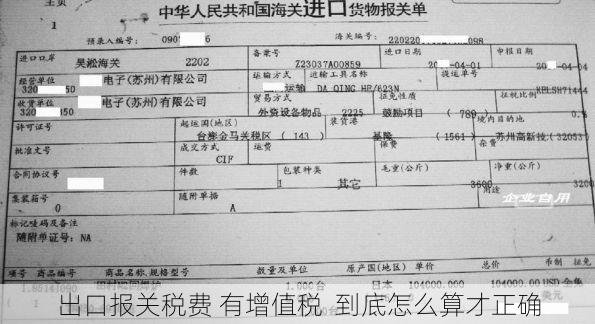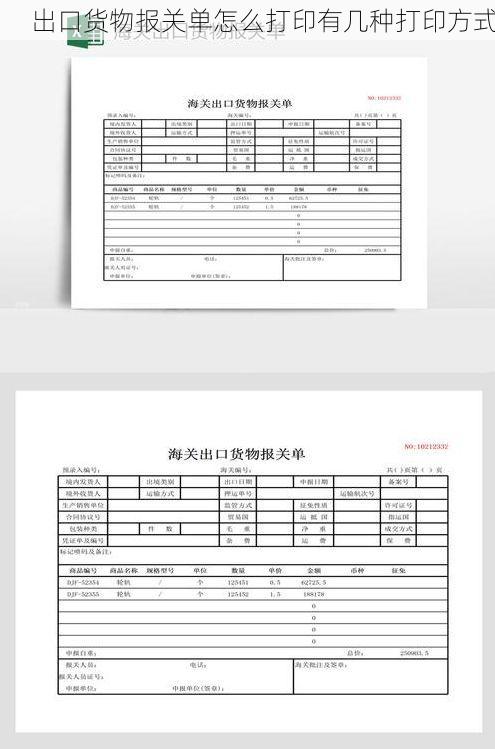Exploring the Rich Tapestry of Chinese Traditional Art
Chinese traditional art, a vibrant and enduring legacy spanning millennia, holds a unique place in the world's cultural landscape. From the delicate brushstrokes of calligraphy to the intricate patterns of papercutting, each art form reflects a deep connection to history, philosophy, and the natural world.

A Journey Through Time and Tradition
The roots of Chinese traditional art lie in the ancient civilizations that flourished along the Yellow River. As early as the Neolithic period, Chinese artisans were creating exquisite pottery, jade carvings, and bronze sculptures, showcasing their mastery of techniques and aesthetic sensibilities. Throughout the dynasties, art evolved in tandem with societal shifts, reflecting changing philosophies, political climates, and artistic trends.
Diverse Expressions of Artistic Prowess
Chinese traditional art encompasses a vast array of disciplines, each with its own unique characteristics and significance:
1. Calligraphy (书法, Shūfǎ):
Calligraphy, considered one of the "four arts" of the Chinese scholar-official class, is revered as an art form, a philosophical pursuit, and a practical skill. It involves the expressive use of brush and ink to create characters that are not only visually beautiful but also imbued with meaning.
2. Painting (绘画, Huìhuà):
Chinese painting is characterized by its use of ink and brush on paper or silk, employing techniques like brushstrokes, washes, and colors to depict landscapes, figures, and everyday life. It is not merely a representation of reality but a reflection of the artist's inner world and philosophical outlook.
3. Papercutting (剪纸, Jiǎnzhǐ):

Papercutting, a popular folk art, involves using scissors to cut intricate patterns and designs from paper. It is often used to decorate homes for festivals and special occasions, symbolizing prosperity, happiness, and good fortune.
4. Ceramics (陶瓷, Táocí):
Chinese ceramics, known for their exquisite craftsmanship and artistic value, have a long history dating back to the Neolithic period. From the delicate porcelain of the Tang dynasty to the vibrant blue and white ware of the Ming dynasty, Chinese ceramics have been prized both domestically and internationally.
5. Theatre (戏剧, Xìjù):
Chinese theatre, encompassing a wide array of forms, including Peking opera, Kunqu, and shadow puppetry, combines music, dance, acrobatics, and storytelling to create immersive and visually stunning performances. It is a testament to the rich storytelling tradition of China.
6. Woodblock Printing (木版印刷, Mùbǎn Yìnshuā):
Woodblock printing, invented in China during the Sui dynasty, revolutionized the dissemination of knowledge and art. It was used to print books, calendars, and New Year pictures, playing a pivotal role in the development of Chinese culture.
7. Lacquerware (漆器, Qīqì):
Lacquerware, a unique art form that involves applying layers of lacquer to wood or other materials, is known for its durability, beauty, and intricate designs. It has been produced in China for over 2,000 years, with different regions developing their own unique styles.
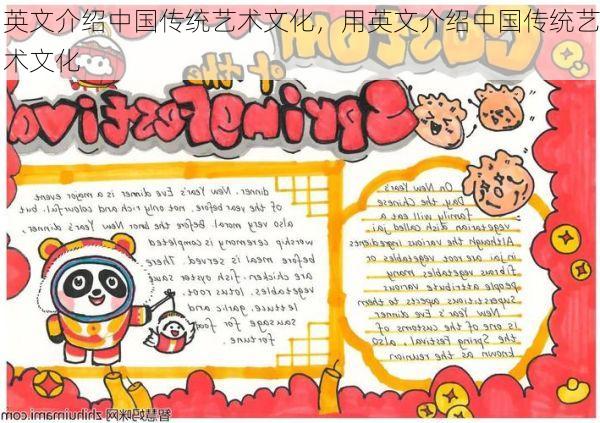
8. Embroidery (刺绣, Cìxiù):
Embroidery, an ancient craft practiced by both men and women, involves using needles and thread to create intricate designs on fabric. Chinese embroidery is renowned for its exquisite detail, vibrant colors, and diverse subject matter.
The Essence of Chinese Aesthetics
Chinese traditional art is not simply about technical skill but also about conveying a deeper meaning and aesthetic sensibility. Several key concepts underpin the artistic principles:
Harmony (和谐, Héxié): The pursuit of balance and harmony is evident in the composition of paintings, the flow of brushstrokes in calligraphy, and the interplay of colors in ceramics.
Balance (平衡, Pínghéng): The idea of balance, both in form and content, is central to Chinese aesthetics. This can be seen in the symmetrical designs of papercuts, the balanced placement of elements in paintings, and the harmonious blend of different musical instruments in traditional music.
Simplicity (简约, Jiǎnyuē): While Chinese art can be incredibly intricate, there is also a strong emphasis on simplicity and elegance. This is evident in the minimalist brushstrokes of calligraphy, the subtle use of color in paintings, and the clean lines of ceramics.
Nature (自然, Zìrán): The natural world is a constant source of inspiration for Chinese artists. Landscapes, flowers, birds, and animals are frequently depicted in paintings, calligraphy, and other art forms, reflecting a deep reverence for nature.
Preserving and Promoting the Legacy
Chinese traditional art is not just a collection of beautiful objects; it is a living tradition that continues to inspire and influence contemporary artists. Museums, galleries, and workshops dedicated to preserving and promoting traditional art forms play a crucial role in ensuring that this legacy is passed down to future generations.
Beyond the Gallery Walls
Beyond the confines of museums and art galleries, Chinese traditional art continues to permeate everyday life. Papercuts adorn windows during festivals, calligraphy graces scrolls in homes, and the melodies of traditional music echo through the streets. It is a living tradition that speaks to the enduring spirit of Chinese culture.
A Look at Some Prominent Art Forms:
| Art Form | Key Characteristics | Notable Examples |
|---|---|---|
| Papercutting | Intricate patterns, symbolic designs, often used for festivals and decorations | Shanxi papercuts, "窗花" (Window Flowers) |
| Clay Figurines | Handcrafted figures, vibrant colors, often depict historical or mythological themes | Huishan clay figurines, "泥人" (Mud People) |
| Woodblock New Year Pictures | Colorful prints, typically depict auspicious themes, used for decoration and good luck | Yangjiabu Woodblock New Year Pictures, "年画" (New Year Paintings) |
Exploring the Depths of Tradition
Chinese traditional art offers a window into the rich tapestry of Chinese culture, revealing the values, beliefs, and aesthetics that have shaped this civilization for millennia. It is an invitation to explore the beauty, meaning, and enduring spirit of a tradition that continues to captivate and inspire.
How has Chinese traditional art influenced your understanding of Chinese culture? Share your thoughts and experiences in the comments below.

